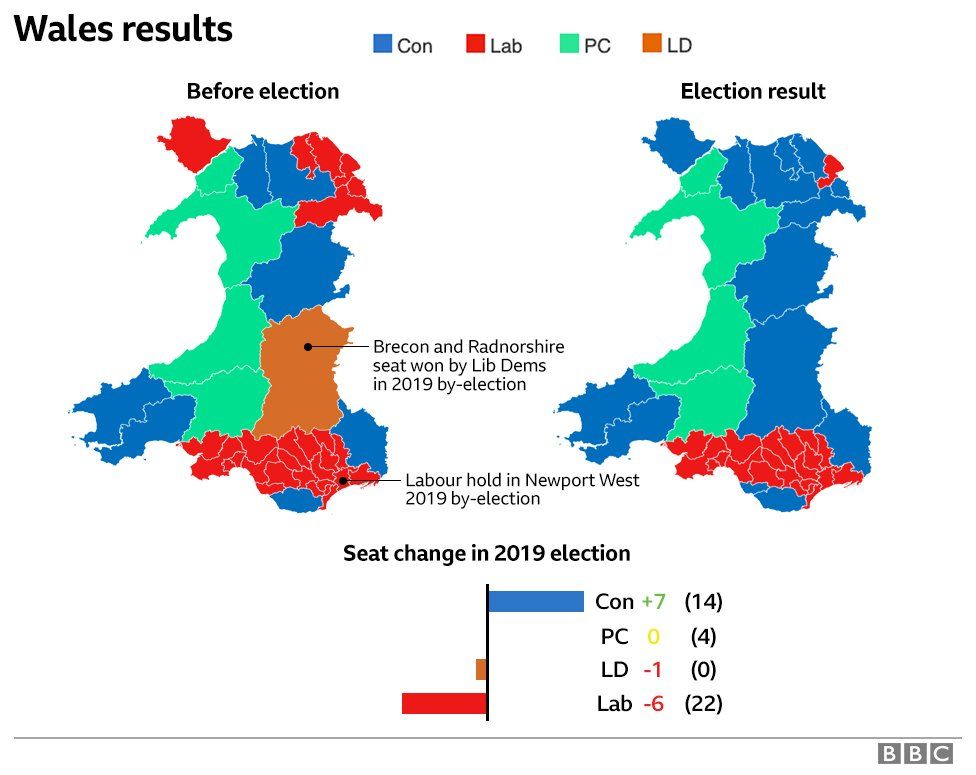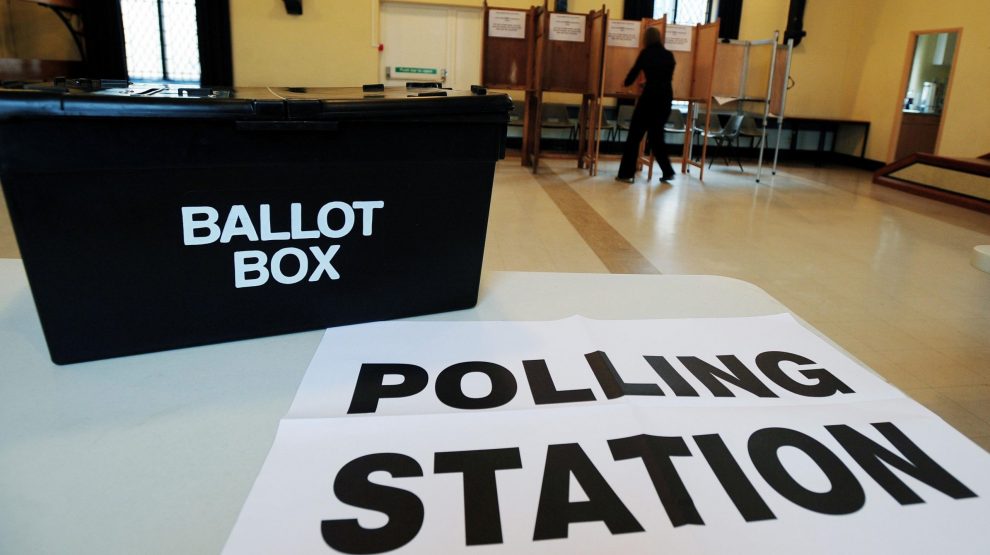THE BOUNDARY Commission for Wales, which is undertaking a Review of Parliamentary Constituencies in Wales, published its Guide to the Review on Wednesday (March 17).
The Guide sets out the process the Commission will follow in conducting its review, as well as the rules it will take into account as it develops proposals for Wales’ new constituencies.
Under the boundary changes, Wales’ number of constituencies will be reduced from 40 to 32.
Ynys Môn is a protected constituency and will therefore not be subject to any changes.
According to the Boundary Commission for Wales’ Guide, the Commission will consider issues such as geography, existing constituencies, local government boundaries, and local ties when developing proposals for new constituencies.
Each proposed constituency must contain between 69,724 and 77,062 electors based on the electorate figures supplied by the ONS on 5 January 2021.
The Commission will also hold three separate consultation periods on its initial and revised proposals, which will include Public Hearings. The first consultation period will begin immediately following the publication of the Commission’s Initial Proposals in September 2021 and will last eight weeks.
For the first time in the Commission’s history, the Guide to the Review is being published not only in Welsh and English, but they are also in BSL and an Easy Read format, making this Guide the most accessible to date.
Secretary to the Boundary Commission for Wales, Shereen Williams MBE OStJ said, “We’re delighted to be publishing our Guide to the Review today.
“We’re determined to develop the best possible proposals for Wales’ new constituencies. We know that we can only do that by having the greatest public involvement we’ve ever had.
“Our Guide sets out clearly how we’ll go about developing proposals, and crucially, how you can get fully involved in the process.
“Accessibility is at the heart of what we’re trying to achieve. Everyone in Wales has a valuable voice to add to the discussion about Wales’ boundary changes and we want to make sure everyone can express their views.”
Successive governments have either ducked scheduled boundary reviews or, in the case of the last review, failed to pilot the proposals through Parliament.
The current constituency boundaries are not only out of date but, due to shifting population distribution in England, favour Labour if they remain unchanged.
For example, the Isle of Wight’s electorate numbers over 114,000 and there is only one seat. That is more than the combined electorate for the seats of Wirral West and Wirral South, both of which are held by Labour.
The equalisation of constituency sizes based on registered electors will undoubtedly work to the Conservatives’ advantage in England. However, the outcome of the review is less certain in Wales and Scotland.

ERS Chief Executive Darren Hughes says the way our constituencies are drawn up is flawed.
“‘Redrawing’ is based on the number of registered voters – yet there are still an estimated 9.4m people missing from the electoral roll.
“The fact that seat boundaries are carved-up on the basis of the electoral roll means areas with lower registration rates will have less Parliamentary representation. This is a real problem given that those less likely to be on the register are typically younger, from lower-income groups, renters, and people of colour.
“To ensure all citizens are counted, we recommend basing constituencies on population figures, not just the electoral roll.
“Until we move towards automatic voter registration in the UK – which is vital – we will simply end up with rows over ‘out of date’ electoral registers forming the basis of our Parliamentary representation.”
We asked Shereen Williams MBE OStJ, Secretary to the Boundary Commission for Wales, what steps the Commission will take to avoid ‘shoehorning’ communities together to make the numbers up for a new constituency.
Previous proposals drawn up in 2018, envisaged a new constituency combining part of north Pembrokeshire, the whole of Ceredigion and Llanidloes in Powys.
As the difference between Fishguard, Lampeter, and Llanidloes could scarcely be starker, we asked how the Commission would avoid such contortions this time around.
Shereen Williams said: “In the 2023 Review, the Commission has a slightly higher number of constituencies it has to create and that provides us with more flexibility than what was available in the 2018 Review. We will be taking into account local ties alongside the natural geography of Wales.
“Our guide makes it clear that we will seek to avoid breaking up communities as well as electoral wards.”
However, she continued: “It is important to acknowledge that there will be significant changes due to the reduction in constituencies and we are keen to ensure that our processes are as open and as accessible as possible so the public can help inform the decisions that we make.
“We want them to tell us about their communities, their preferences and the areas that they feel an affinity to and give us suggestions on what works for them but also for the surrounding areas as the Commission is bound by the quota.”
We asked for clarification of Ynys Mon’s status as an exception to the electorate count and whether its status would skew the distribution of other seats.
Ms Williams told us: “The designation of Ynys Mon as a protected constituency is part of the new changes brought in by the amendment to the Parliamentary Constituencies Act. The electorate of all protected constituencies is excluded from the data used to calculate the distribution of constituencies across the four nations.”
The distribution of Westminster constituencies will, for the first time, be different from the distribution of Senedd seats. If the current constituency boundaries remain in place for future Senedd elections, or there is a lack of equalisation in the numbers of electors in each seat, we wondered whether there was a risk that the Senedd would entrench unfairness in seats’ distribution.
For example, there is one and a half times the number of electors in Bridgend and Llanelli as there are in either Dwyfor Meirionnydd or Arfon.
Shereen Williams said: “The Act sets out a variance of +/- 5% for all four Commissions to work with and the franchise for the Westminster elections is different to the Senedd’s.
“We don’t have access to the Senedd electorate figures so we’re unable to see what equal distribution of the Senedd electorate would look like in comparison to the existing arrangements.”
The new constituency boundaries would be in place for an election in 2024.















Add Comment